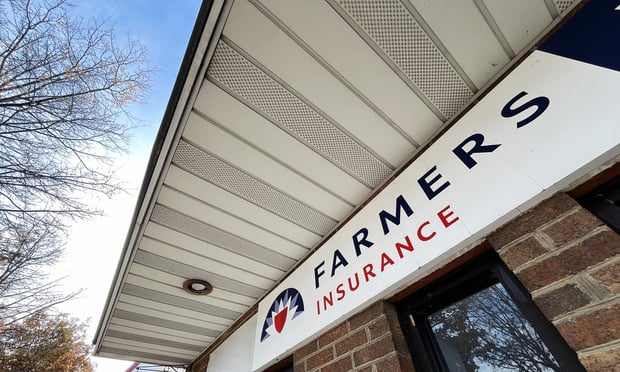A magnitude 6.7 earthquake struck Turkey and Greece on July 20, reports global catastrophe modeling firm AIR Worldwide.
The quake struck a 6.4-mile area, impacting Bodrum, Turkey and the Greek island of Kos. The United States Geological Survey (USGS) recorded the depth at 6.2 miles, and officials recorded at least 20 aftershocks.
According to AP, the earthquake hurt nearly 500 people and killed two tourists who were crushed when a building collapsed on a popular bar in Kos.
There are reports of extensive damage to older buildings on Kos, some of which are more than 100 years old. Roofs and facades of building have collapsed, and one building has collapsed, says AIR. There has been heavy flooding caused by a half-meter tsunami, and coastal towns in Turkey have reported broken water mains, gas leaks and downed power lines.
|Seismically active regions
Turkey and Greece sit on significant fault lines and are in seismically active regions, says AIR. Thursday’s earthquake occurred in the Aegean Sea in the western part of the Anatolia microplate. The westward movement of this relatively rigid plate in response to the collision of the Arabian and Eurasia plates in the east and the subducting Mediterranean oceanic crust under the Hellenic arc in eastern Greece is responsible for much of the frequent seismic activity in Turkey and Greece.
According to AIR, small earthquakes are an almost daily occurrence in both countries. Turkey’s western Aegean coast has already experienced several temblors of up to magnitude 5.5 this year, and a magnitude 6.3 quake struck Plomarion, Greece on June 12, impacting the islands of Lesbos and Chios, with shaking felt in some coastal provinces of Turkey.
Many recent earthquakes in Greece and western Turkey, including the 1999 Athens earthquake that caused more than 140 deaths and billions in losses, is due to this tectonic extension process, says AIR. Last week’s earthquake is also a normal faulting event, which is consistent with the regional tectonics.
|Impact on tourism
According to AIR, the epicenter of the earthquake was offshore from popular tourist destinations. However, structures in this region are generally vulnerable to earthquake shaking. Buildings of reinforced concrete and reinforced/confined masonry construction are the most common in the area, and are typically low- or mid-rise. Some recent earthquakes have resulted in secondary hazards, such as landslides, which can contribute to losses.
Want to continue reading?
Become a Free PropertyCasualty360 Digital Reader
Your access to unlimited PropertyCasualty360 content isn’t changing.
Once you are an ALM digital member, you’ll receive:
- Breaking insurance news and analysis, on-site and via our newsletters and custom alerts
- Weekly Insurance Speak podcast featuring exclusive interviews with industry leaders
- Educational webcasts, white papers, and ebooks from industry thought leaders
- Critical converage of the employee benefits and financial advisory markets on our other ALM sites, BenefitsPRO and ThinkAdvisor
Already have an account? Sign In Now
© 2024 ALM Global, LLC, All Rights Reserved. Request academic re-use from www.copyright.com. All other uses, submit a request to [email protected]. For more information visit Asset & Logo Licensing.








